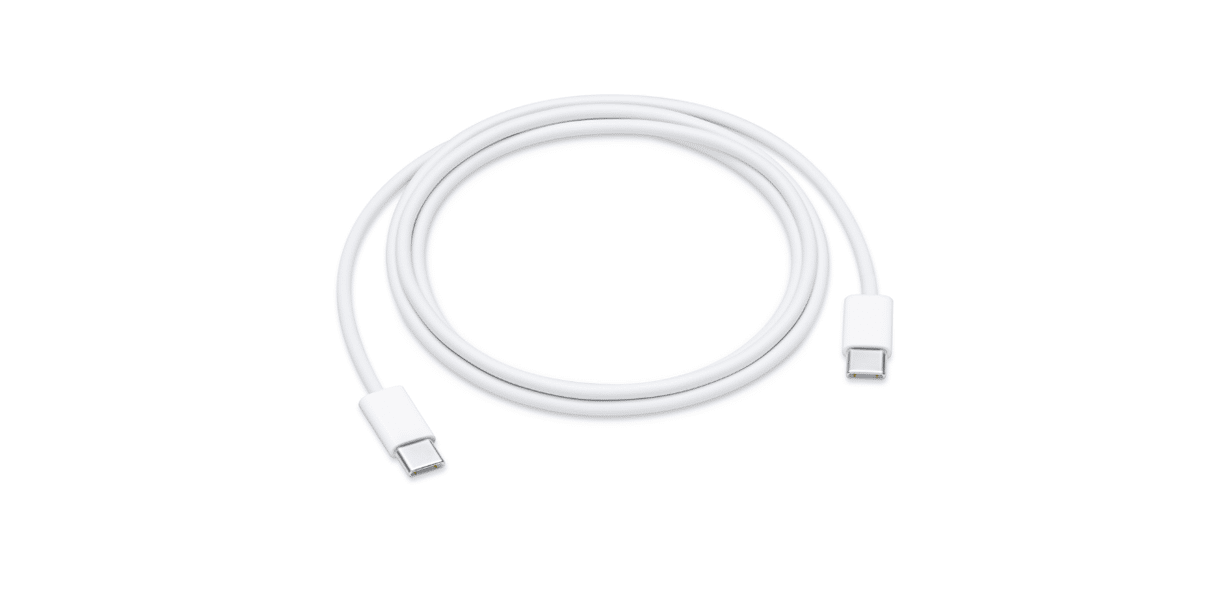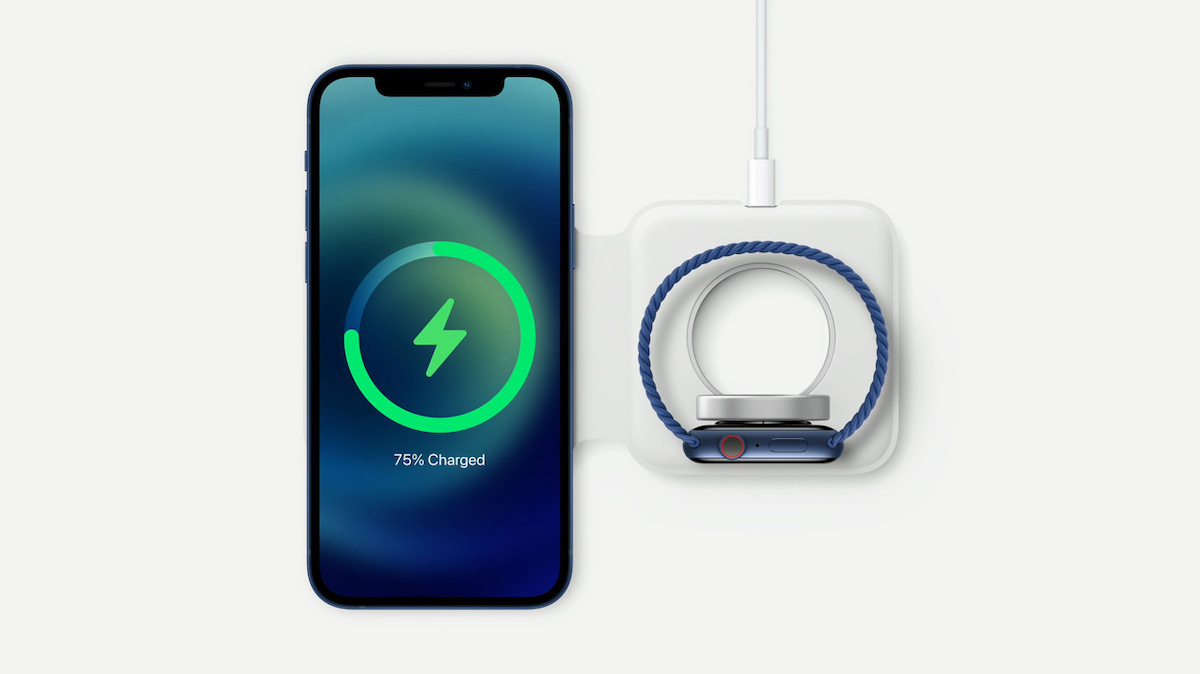The European Parliament has finally voted in favor of a directive that will force mobile phone vendors to sell their products with a single standard USB-C port by the end of 2024. This means that Apple will have to remove the Lightning port from the iPhone in favor of USB-C connectivity, possibly starting with the iPhone 15 lineup.

Apple may switch the iPhone 15 lineup to USB-C charging to comply with the EU’s latest directive
The directive aims to establish a common charger for mobile phones, tablets, cameras, and other electronic devices within the 27-nation bloc. Exemptions will only be made for devices that are too small to offer a USB-C port, such as smartwatches including the Apple Watch. The move is part of a broader EU effort to address product sustainability and reduce electronic waste.
A press release from the European Parliament revealed that the directive received 602 votes in favor, 13 votes against, and eight abstentions.
By the end of 2024, all mobile phones, tablets and cameras sold in the EU will have to be equipped with a USB Type-C charging port. From spring 2026, the obligation will extend to laptops. The new law, adopted by plenary on Tuesday with 602 votes in favour, 13 against and 8 abstentions, is part of a broader EU effort to reduce e-waste and to empower consumers to make more sustainable choices.
Under the new rules, consumers will no longer need a different charger every time they purchase a new device, as they will be able to use one single charger for a whole range of small and medium-sized portable electronic devices.
Regardless of their manufacturer, all new mobile phones, tablets, digital cameras, headphones and headsets, handheld videogame consoles and portable speakers, e-readers, keyboards, mice, portable navigation systems, earbuds and laptops that are rechargeable via a wired cable, operating with a power delivery of up to 100 Watts, will have to be equipped with a USB Type-C port.
All devices that support fast charging will now have the same charging speed, allowing users to charge their devices at the same speed with any compatible charger.

In addition, manufacturers will have to offer clear information and labeling on new devices about charging options, as well as whether a product includes a charger to help avoid confusion and ease purchasing decisions.
As for what’s next, the directive will have to be approved by the European Council before it can be published in the EU Official Journal. The directive will come into effect 20 days following its publication. Electronic devices that were manufactured before the directive comes into law can continue being sold as is.
The European Commission has been trying to establish a common charger since 2018. . At the time, Apple warned the EU against the move saying that forcing a common charging standard on the industry would create a significant amount of electronic waste as it would require consumers to switch to new cables.
However, now that the directive is going to be published in the EU Official Journal, Apple will have no choice but to remove the Lightning port from the iPhone. TF Securities analyst Ming-Chi Kuo has reported that the Cupertino tech giant is testing USB-C connectivity for next year’s iPhone 15 lineup. Apple could also switch more of its products from Lightning to USB-C including AirPods, Magic Keyboard, Magic, Trackpad, Magic Mouse, and the MagSafe Battery Pack.